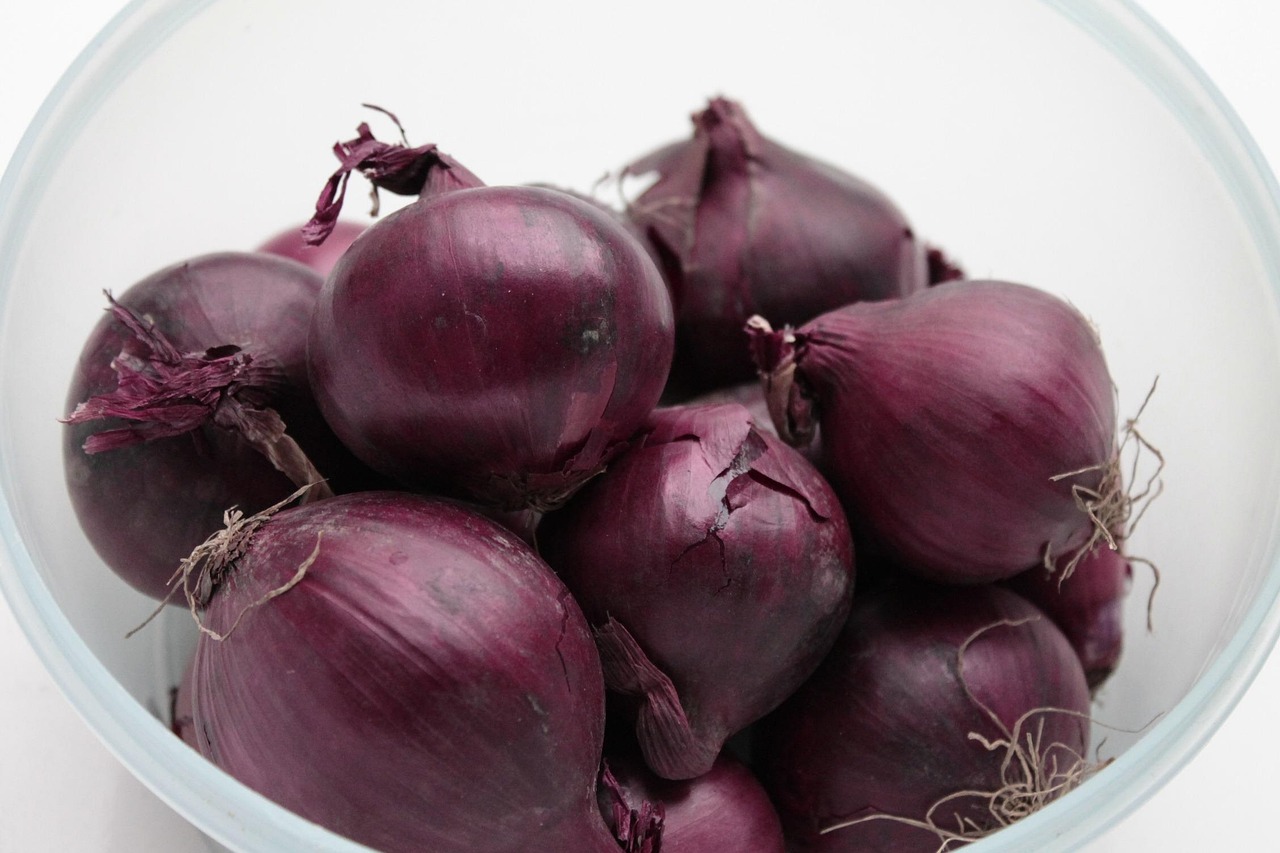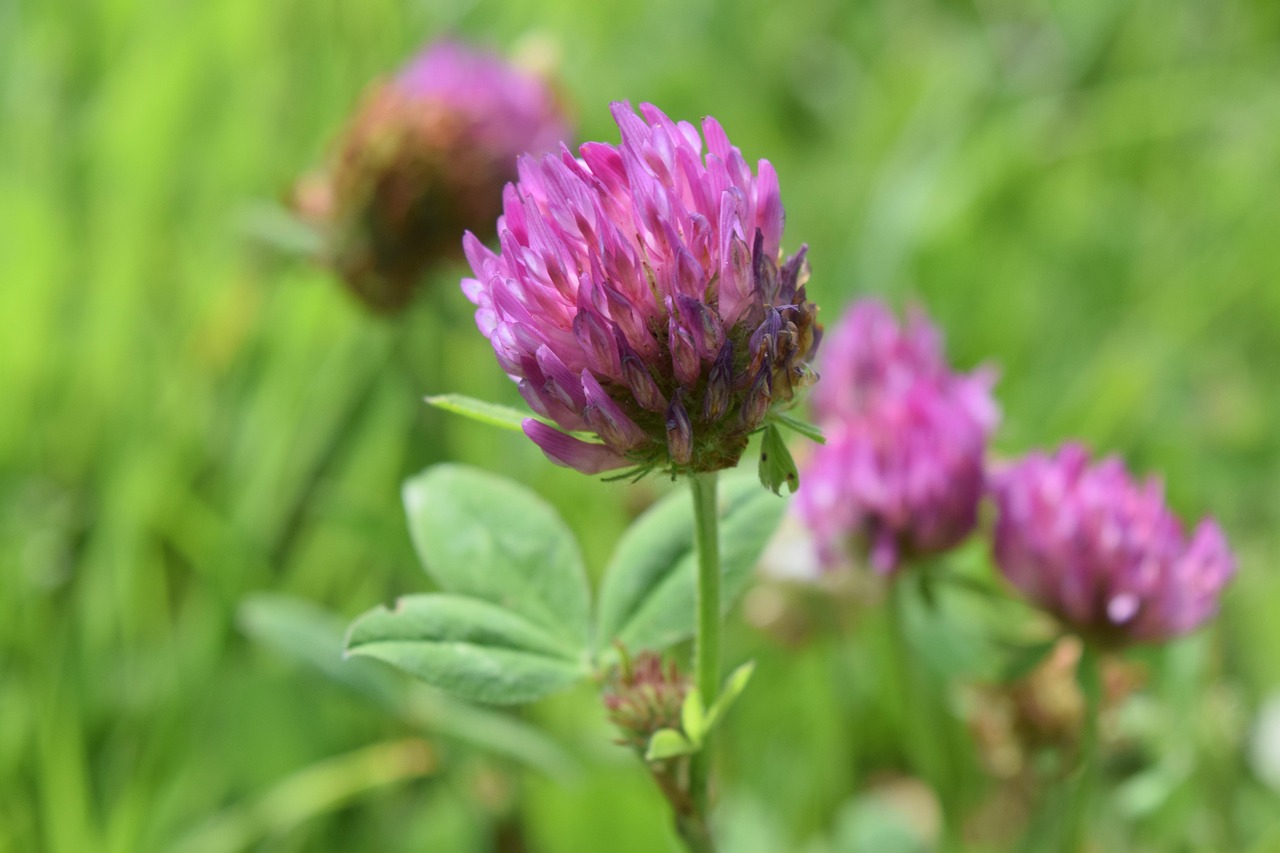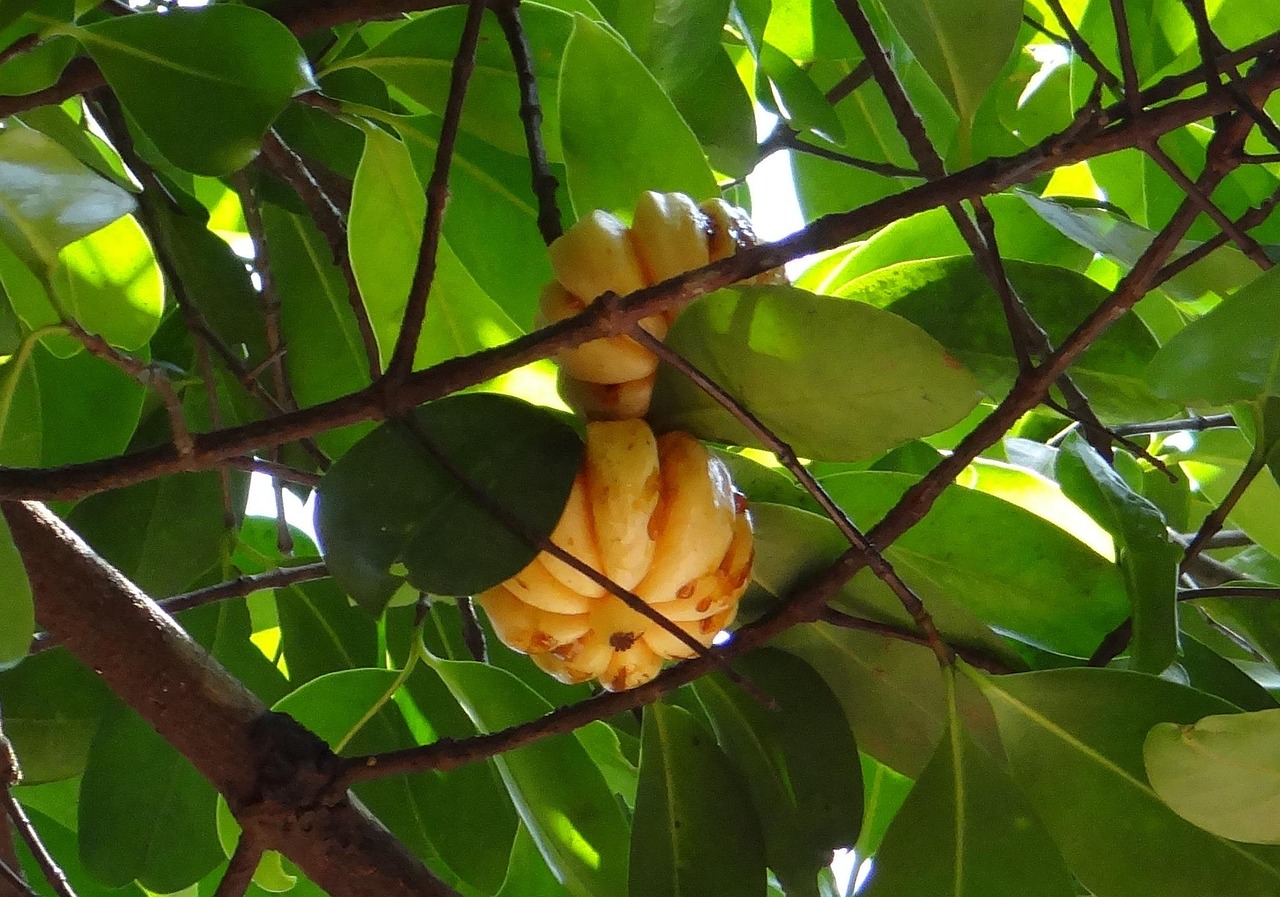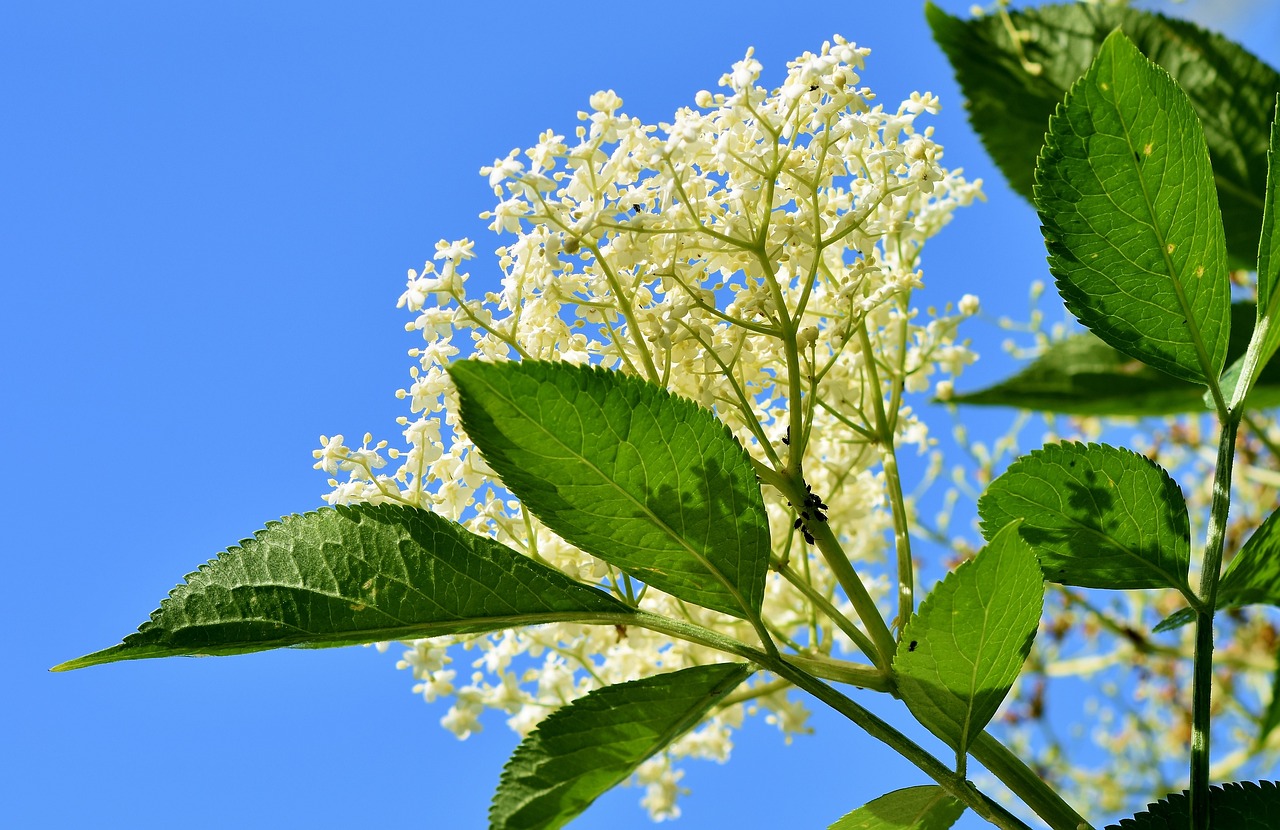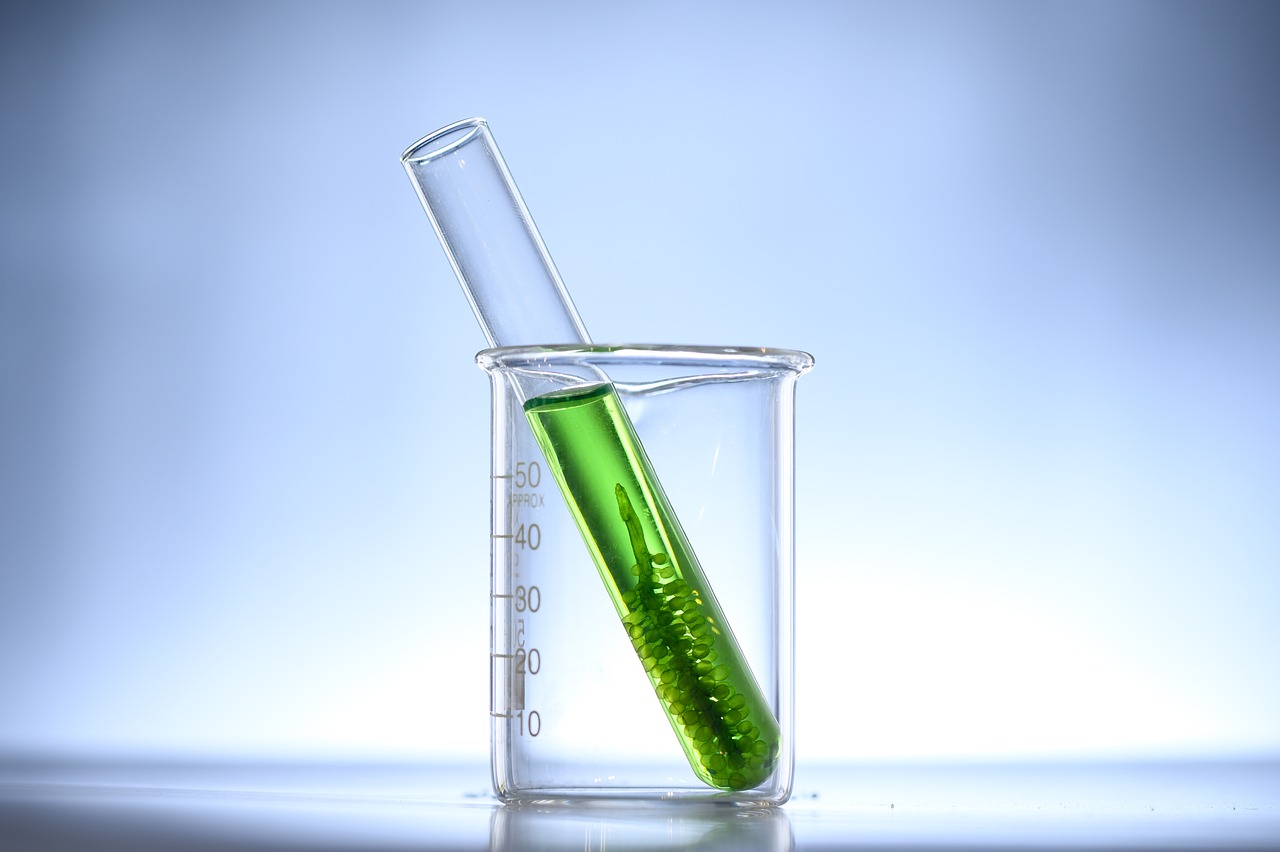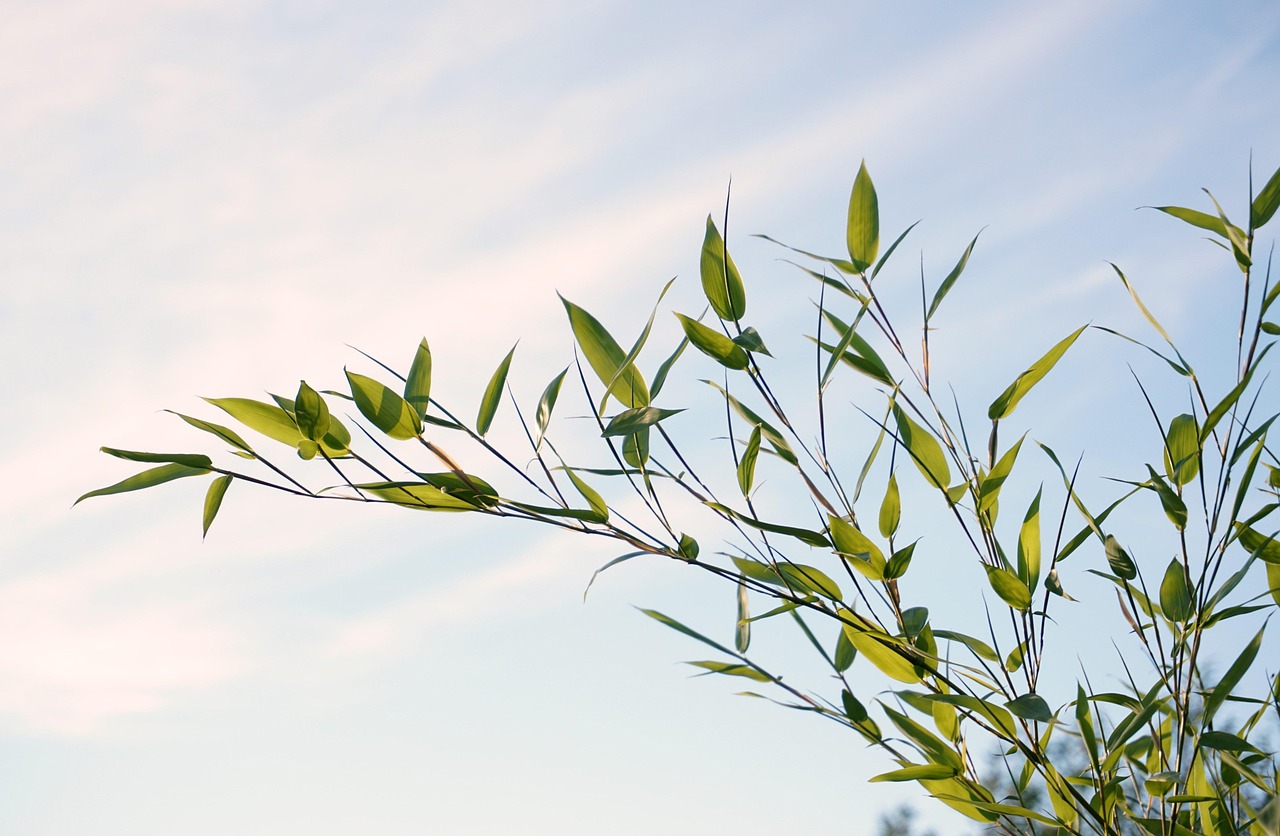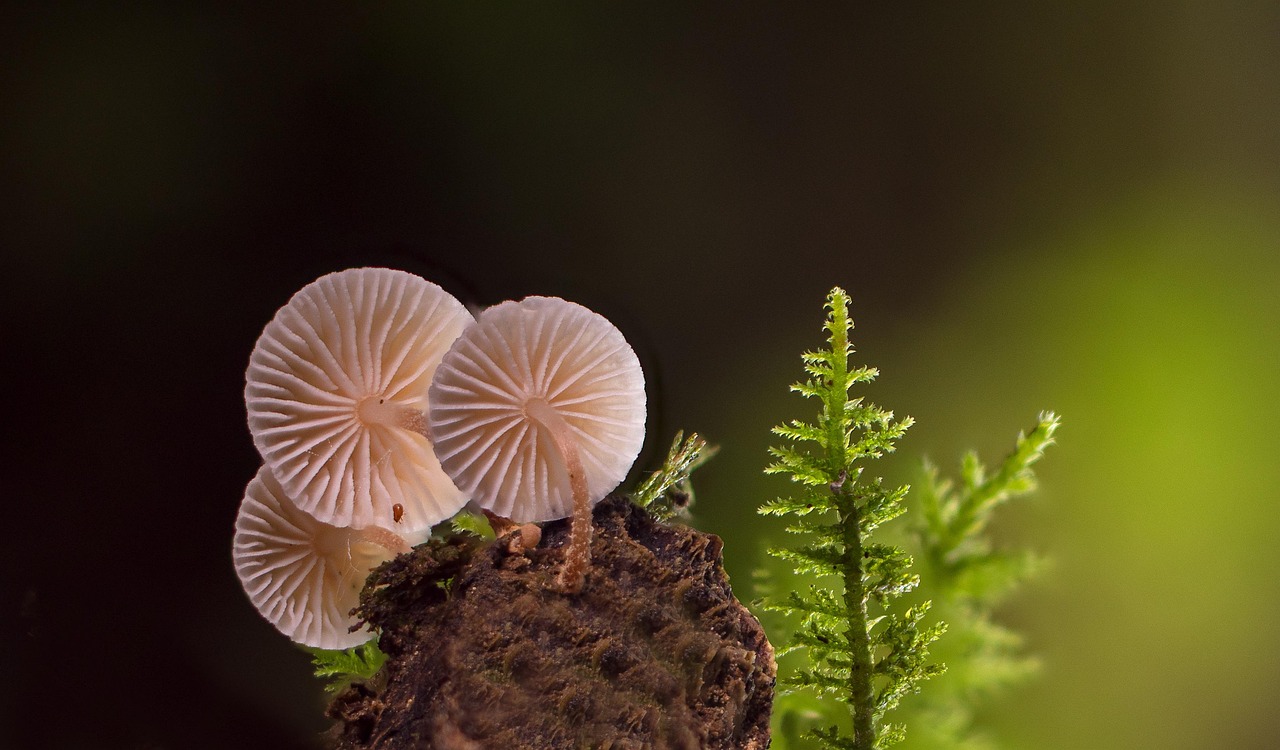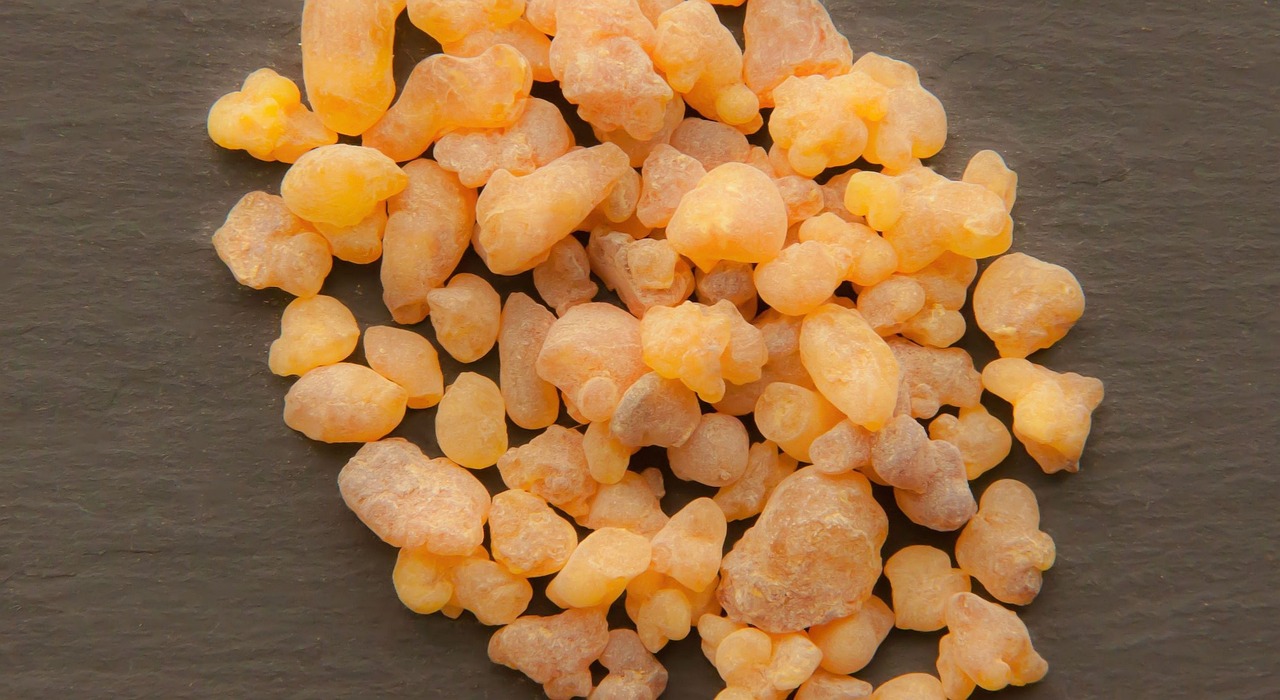Astaxanthin: The King of Antioxidants for Skin and Eye Health
This article delves into the remarkable benefits of astaxanthin, a powerful antioxidant that has gained attention for its positive effects on both skin and eye health. With its potent properties, astaxanthin stands out as a vital addition to a health-conscious lifestyle.
What is Astaxanthin?
Astaxanthin is a carotenoid pigment primarily found in marine organisms such as salmon, shrimp, and microalgae. Its vibrant red-orange color is not only visually striking but also indicative of its strong antioxidant capabilities. This section will explore its origins and the natural sources that provide this beneficial compound.
Health Benefits of Astaxanthin
Astaxanthin offers a plethora of health benefits, particularly in relation to skin and eye health. Its anti-inflammatory properties and ability to combat oxidative stress make it a crucial player in maintaining overall well-being.
- Astaxanthin for Skin Health: This antioxidant is renowned for enhancing skin elasticity and hydration. It plays a significant role in protecting skin cells from UV damage and premature aging.
- Astaxanthin for Eye Health: Research indicates that astaxanthin may help protect against age-related macular degeneration (AMD) and other vision-related issues, making it essential for maintaining eye health.
How to Incorporate Astaxanthin into Your Diet
Incorporating astaxanthin into your daily routine can be easy. Consider adding astaxanthin-rich foods such as salmon, shrimp, and algae to your meals. Additionally, supplements are available for those seeking higher doses.
Potential Side Effects and Precautions
While generally safe, it’s important to be aware of potential side effects. Pregnant women and individuals with certain health conditions should consult healthcare professionals before starting astaxanthin supplementation.
Conclusion: The Power of Astaxanthin
In summary, astaxanthin is a powerful antioxidant with significant benefits for skin and eye health. By incorporating this remarkable compound into your diet, you can enhance your overall well-being and protect against various health issues.
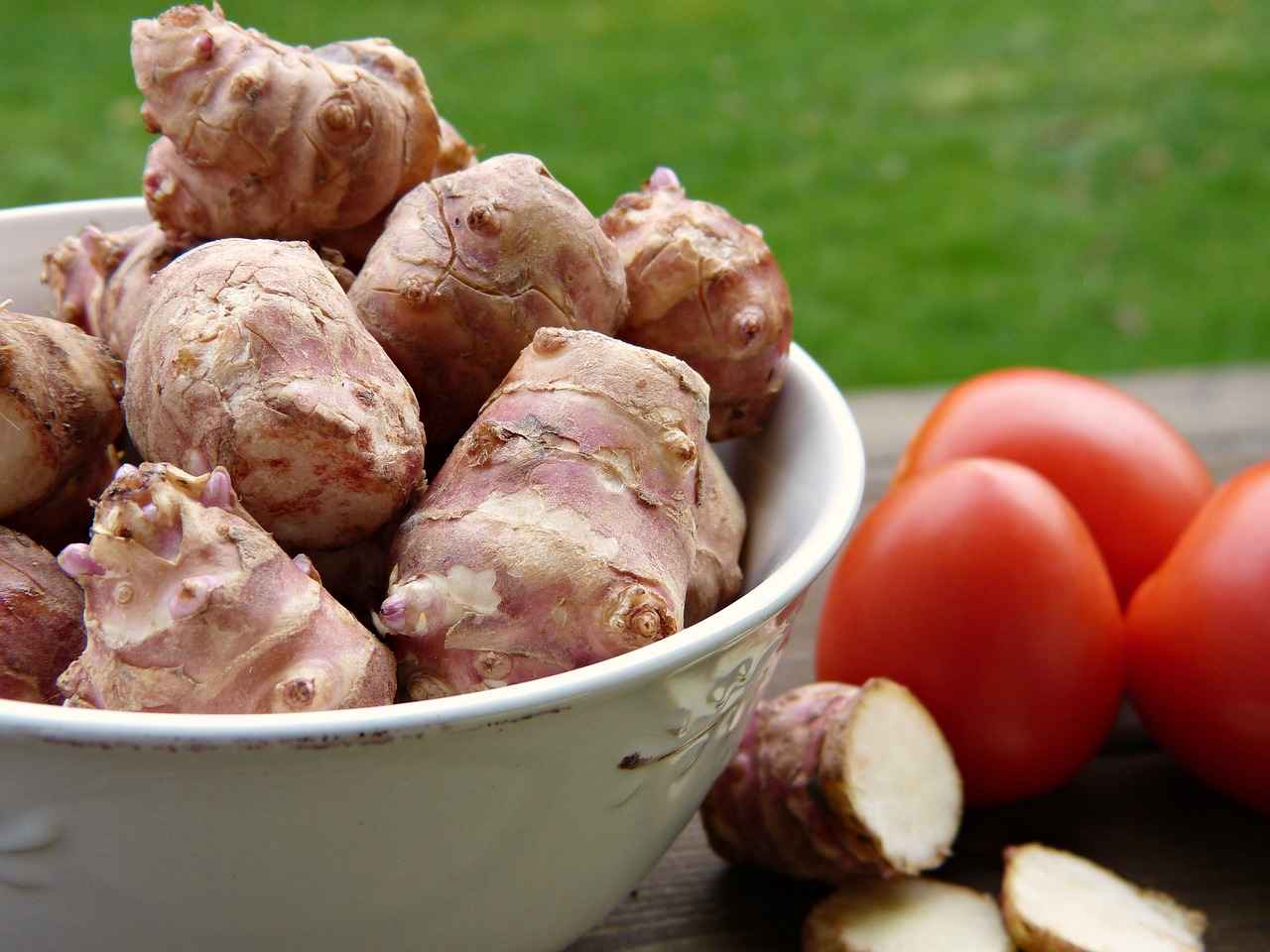
What is Astaxanthin?
Astaxanthin is a carotenoid pigment that is primarily found in various marine organisms, such as salmon, shrimp, and microalgae. This vibrant red pigment is not only responsible for the beautiful colors of these creatures but also serves as a powerful antioxidant that offers numerous health benefits.
The origins of astaxanthin can be traced back to its natural production in microalgae, which forms the base of the marine food chain. When marine animals consume these algae, they accumulate astaxanthin in their tissues, leading to their characteristic pink or red hues. This pigment is part of the larger family of carotenoids, which are known for their role in plant photosynthesis and their health-promoting properties.
In terms of chemical structure, astaxanthin is a xanthophyll, which is a type of carotenoid that contains oxygen. Its unique structure allows it to effectively scavenge free radicals, thus reducing oxidative stress in the body. This property makes astaxanthin particularly valuable in combating cellular damage caused by environmental factors and aging.
Natural sources of astaxanthin include:
- Krill – Small crustaceans that are a key food source for many marine animals.
- Salmon – Known for its rich pink color, salmon is a popular source of astaxanthin.
- Trout – Another fish that accumulates astaxanthin, contributing to its vibrant appearance.
- Microalgae – The primary source of astaxanthin, particularly Haematococcus pluvialis, which is often used in supplements.
In summary, astaxanthin is a remarkable carotenoid that originates from microalgae and is found in various marine life. Its antioxidant properties make it a sought-after nutrient for promoting health and wellness.
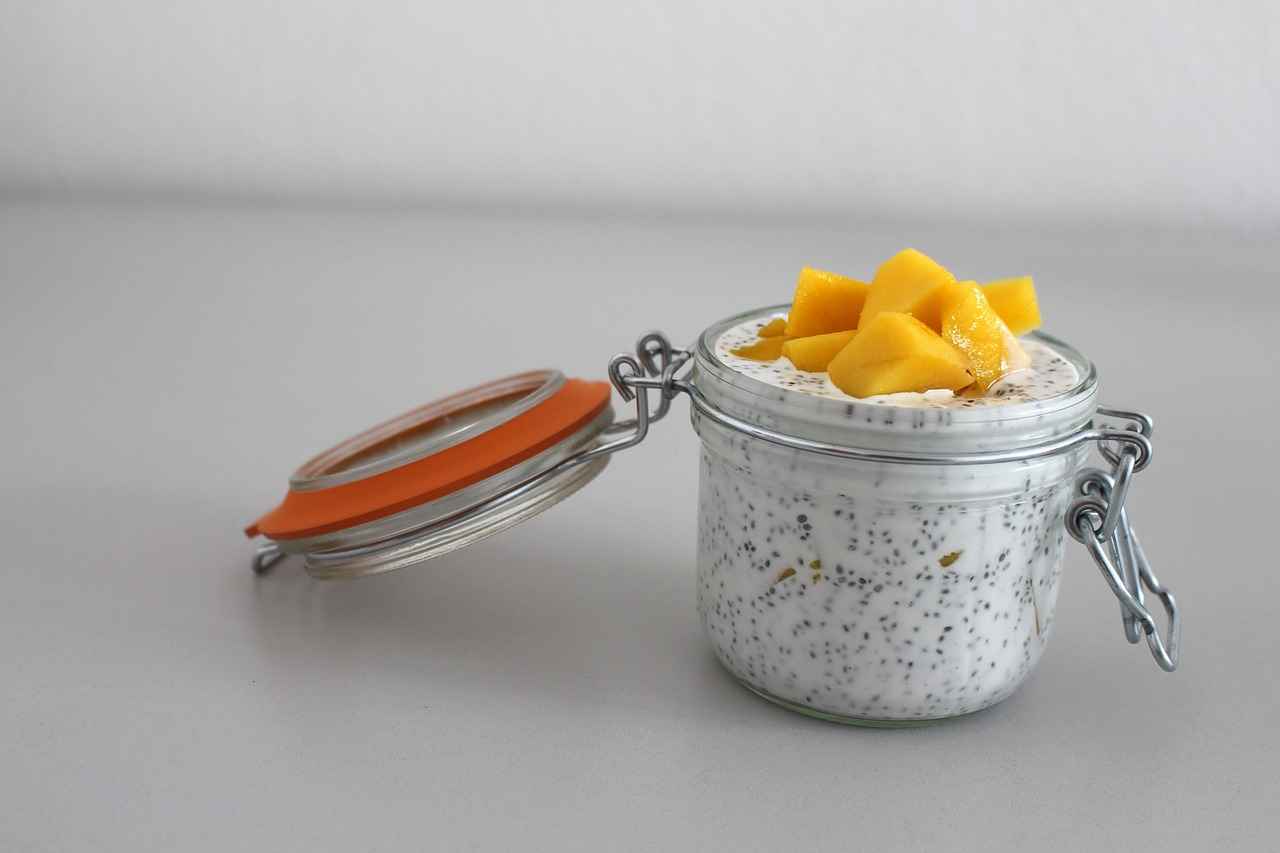
Health Benefits of Astaxanthin
Astaxanthin is a powerful antioxidant that has garnered attention for its extensive health benefits, particularly regarding skin and eye health. This remarkable compound, primarily derived from marine sources, plays a crucial role in combating oxidative stress and reducing inflammation. In this article, we will delve deeper into the various health benefits of astaxanthin, highlighting its significance for overall well-being.
Understanding Astaxanthin’s Mechanism
Astaxanthin is a carotenoid pigment that is naturally produced by microalgae and is responsible for the pink-red coloration in various seafood such as salmon, shrimp, and crab. Its unique molecular structure allows it to effectively neutralize free radicals, thereby protecting cells from oxidative damage. This antioxidant activity is essential for maintaining healthy skin and eyes.
Astaxanthin’s Anti-Inflammatory Properties
One of the most significant benefits of astaxanthin is its anti-inflammatory properties. Chronic inflammation is linked to numerous health issues, including skin disorders and eye diseases. Astaxanthin helps to reduce inflammation by inhibiting the production of inflammatory cytokines, leading to improved skin conditions such as acne and psoriasis. Furthermore, its anti-inflammatory effects extend to the eyes, where it can help alleviate symptoms of conditions like dry eye syndrome.
Protection Against Oxidative Stress
Oxidative stress occurs when there is an imbalance between free radicals and antioxidants in the body. Astaxanthin stands out among antioxidants due to its ability to cross the blood-retinal barrier, providing direct protection to the eyes. Studies have shown that astaxanthin can help reduce the risk of age-related macular degeneration (AMD) and improve overall vision health.
Conclusion
In summary, astaxanthin is a potent antioxidant with remarkable health benefits, particularly for skin and eye health. Its anti-inflammatory properties and ability to combat oxidative stress make it a valuable addition to any health regimen. By incorporating astaxanthin-rich foods or supplements into your diet, you can take proactive steps towards enhancing your overall well-being.
Astaxanthin for Skin Health
Astaxanthin, a powerful carotenoid derived from microalgae, has gained significant attention in the beauty and wellness industry due to its remarkable benefits for skin health. This potent antioxidant is not only known for enhancing skin elasticity and hydration but also plays a crucial role in protecting the skin from environmental stressors.
One of the most significant advantages of astaxanthin is its ability to shield the skin from UV damage. When exposed to sunlight, skin cells can suffer from oxidative stress, leading to premature aging and various skin conditions. Astaxanthin combats this by neutralizing harmful free radicals generated by UV rays. Studies have shown that astaxanthin can reduce the risk of sunburn and even lower the chances of developing skin cancer by enhancing the skin’s natural defense mechanisms.
Moreover, astaxanthin is effective in combating the visible signs of aging. As we age, our skin loses its natural moisture and elasticity, resulting in fine lines and wrinkles. Astaxanthin helps to maintain a youthful appearance by improving skin texture and tone. Its anti-inflammatory properties also contribute to reducing redness and irritation, promoting an even complexion.
- Improves skin elasticity: Enhances the skin’s ability to stretch and return to its original shape.
- Increases hydration: Helps retain moisture, keeping the skin plump and radiant.
- Reduces fine lines and wrinkles: Fights the signs of aging for a smoother appearance.
- Protects against UV damage: Shields the skin from harmful solar radiation.
In conclusion, incorporating astaxanthin into your skincare routine can yield significant benefits, making it a valuable addition for anyone looking to enhance their skin’s health and appearance. Whether consumed through diet or applied topically, astaxanthin’s protective and rejuvenating properties are undeniable.
How Astaxanthin Protects Against UV Damage
Astaxanthin, a powerful carotenoid antioxidant, plays a crucial role in protecting skin cells from the damaging effects of ultraviolet (UV) radiation. This subsection explores the intricate mechanisms through which astaxanthin provides this protection, significantly reducing the risk of sunburn and skin cancer.
- Absorption of UV Radiation: Astaxanthin has the ability to absorb UV light, which helps to prevent it from penetrating deeper layers of the skin. This absorption reduces the intensity of UV radiation reaching the skin cells, thereby minimizing potential damage.
- Neutralizing Free Radicals: UV exposure generates free radicals, which contribute to oxidative stress and skin damage. Astaxanthin effectively neutralizes these harmful free radicals, preventing cellular damage and inflammation.
- Enhancing Skin Barrier Function: Astaxanthin strengthens the skin’s natural barrier, improving its resilience against environmental stressors. A robust barrier helps to keep harmful UV rays at bay, reducing the likelihood of skin damage.
- Promoting Skin Repair: Astaxanthin supports the skin’s natural repair mechanisms, promoting healing after UV exposure. This is particularly important for reducing the risk of long-term damage, such as skin cancer.
- Reducing Inflammation: Astaxanthin exhibits anti-inflammatory properties, which help to calm the skin after UV exposure. This reduction in inflammation can alleviate symptoms of sunburn and contribute to overall skin health.
In summary, astaxanthin’s multifaceted approach to protecting against UV damage makes it an invaluable ally for skin health. By absorbing UV rays, neutralizing free radicals, enhancing barrier function, promoting repair, and reducing inflammation, astaxanthin significantly lowers the risk of sunburn and skin cancer.
Astaxanthin and Skin Aging
Astaxanthin is gaining recognition as a powerful ally in the fight against skin aging. This natural carotenoid, primarily found in marine organisms, has shown remarkable potential in addressing visible signs of aging, particularly fine lines and wrinkles. In this section, we will explore how astaxanthin helps maintain a youthful skin texture and tone, ensuring that you understand its benefits and applications.
As we age, our skin undergoes various changes, including a decrease in elasticity and hydration. Astaxanthin acts as a potent antioxidant, combating oxidative stress caused by free radicals, which are known to accelerate the aging process. By neutralizing these harmful molecules, astaxanthin helps to protect skin cells from damage, promoting a healthier, more resilient complexion.
One of the key mechanisms through which astaxanthin works is its ability to enhance skin hydration. Studies have shown that it can improve moisture retention in the skin, leading to a plumper and more youthful appearance. Additionally, astaxanthin supports the production of collagen, a vital protein that maintains skin structure and elasticity. This dual action not only reduces the appearance of fine lines but also contributes to an overall improvement in skin texture.
Moreover, astaxanthin possesses anti-inflammatory properties, which can help soothe irritated skin and reduce redness. This is particularly beneficial for individuals with sensitive skin or conditions such as rosacea. By calming inflammation, astaxanthin promotes a more even skin tone, further enhancing the youthful glow.
Incorporating astaxanthin into your skincare routine can be done through topical applications or dietary sources. Foods rich in astaxanthin, such as salmon, shrimp, and certain algae, can be included in your diet to reap its benefits from the inside out. Alternatively, topical products containing astaxanthin can provide direct benefits to the skin.
In conclusion, astaxanthin stands out as a remarkable ingredient in the realm of skincare, effectively combating signs of aging while promoting a vibrant and youthful complexion. Whether through diet or skincare products, its incorporation can lead to significant improvements in skin health.
Astaxanthin for Eye Health
Astaxanthin is increasingly recognized for its remarkable benefits in promoting eye health. This powerful antioxidant, derived from various marine sources, plays a crucial role in protecting the eyes from various degenerative conditions, particularly age-related macular degeneration (AMD). AMD is a leading cause of vision loss in older adults, and astaxanthin’s protective properties can significantly reduce the risk of developing this condition.
One of the primary mechanisms by which astaxanthin benefits eye health is through its ability to combat oxidative stress. The eyes are constantly exposed to light and environmental toxins, which can lead to the formation of free radicals. Astaxanthin’s potent antioxidant properties help neutralize these free radicals, thereby reducing cellular damage in the retina and other eye tissues.
Moreover, astaxanthin is known to improve blood circulation within the eye, enhancing the delivery of essential nutrients and oxygen to retinal cells. This improved circulation can help maintain optimal eye function and may even aid in the recovery from certain eye conditions.
Studies have shown that regular intake of astaxanthin can lead to improved visual acuity and contrast sensitivity, making it beneficial for individuals experiencing vision-related issues. Additionally, astaxanthin has been linked to reducing symptoms of eye strain and fatigue, particularly for those who spend long hours in front of screens.
Incorporating astaxanthin into your diet can be achieved through various sources, including salmon, trout, and certain types of microalgae. For those who may find it challenging to obtain sufficient amounts through diet alone, astaxanthin supplements are widely available and can provide a concentrated dose of this beneficial compound.
In conclusion, astaxanthin stands out as a vital nutrient for maintaining eye health. Its ability to combat oxidative stress, improve circulation, and enhance visual function makes it a valuable addition to any health-conscious individual’s diet.
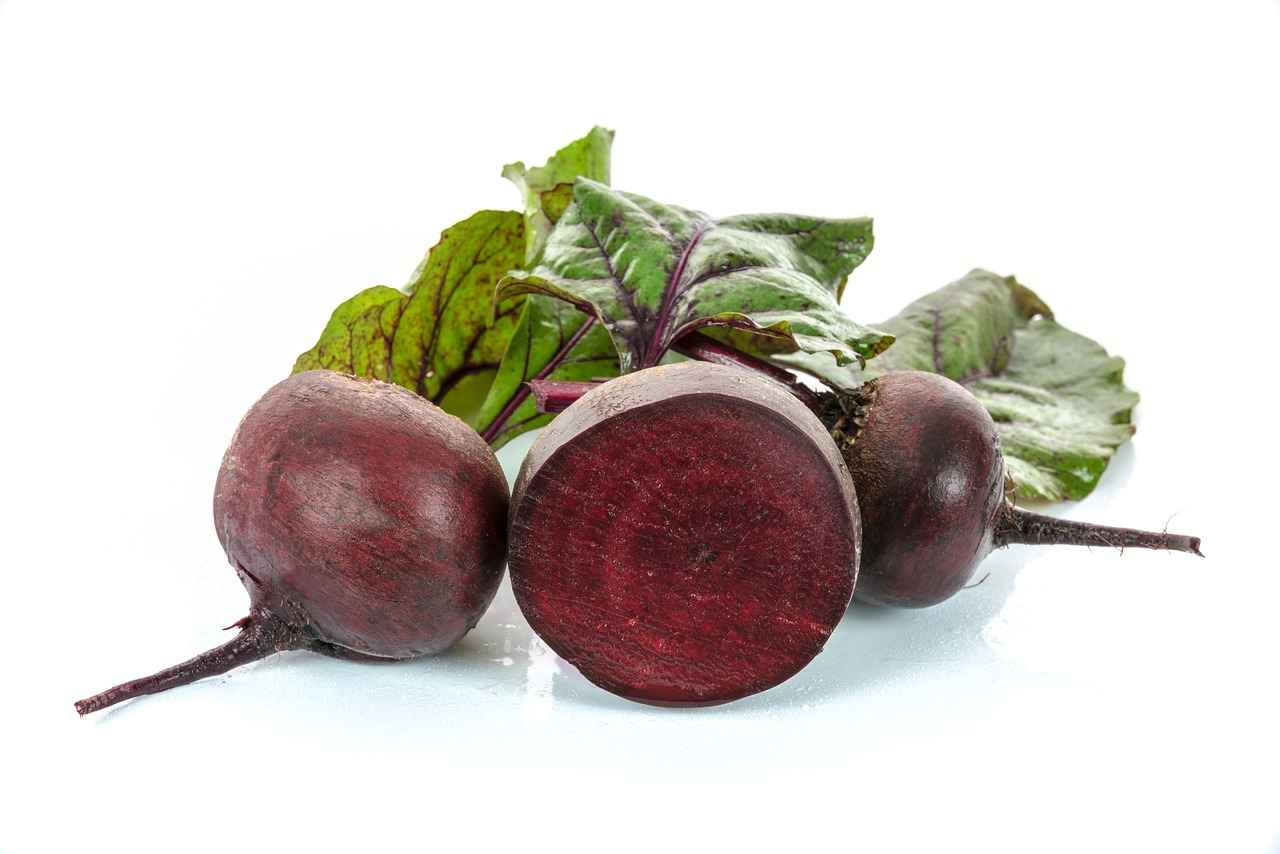
How to Incorporate Astaxanthin into Your Diet
Astaxanthin, often referred to as the “king of antioxidants,” is a powerful nutrient that can significantly enhance your health, particularly for skin and eye wellness. Incorporating astaxanthin into your daily diet can be both simple and enjoyable. Here are some practical tips to help you seamlessly add this beneficial compound to your meals.
- Include Astaxanthin-Rich Foods: Start by adding natural food sources of astaxanthin to your diet. Foods such as salmon, trout, shrimp, and krill are excellent choices. These marine organisms are not only delicious but also packed with this potent antioxidant.
- Explore Algal Supplements: For those who prefer plant-based options, consider algae-based supplements. Algal oil is rich in astaxanthin and is a great alternative for vegetarians and vegans.
- Use Astaxanthin Supplements: If dietary sources are insufficient, astaxanthin supplements are widely available. When choosing a supplement, look for high-quality products that specify the dosage of astaxanthin. A common recommendation is to take between 4 to 12 mg per day.
- Incorporate into Smoothies: Adding astaxanthin powder or supplements to your morning smoothie can be an easy way to boost your intake. Mix it with fruits, greens, and other nutrients for a delicious health kick.
- Cook with Care: When preparing astaxanthin-rich foods, opt for gentle cooking methods like steaming or baking to preserve the antioxidant properties. Avoid high-temperature cooking methods that may degrade the nutrient.
By integrating these strategies into your daily routine, you can enjoy the numerous health benefits of astaxanthin while savoring a variety of delicious meals. Remember, consistency is key to maximizing its positive effects on your health.
Natural Food Sources of Astaxanthin
Astaxanthin is a powerful antioxidant that can be found in various natural food sources. Incorporating these foods into your diet can significantly enhance your overall health and well-being. Below, we explore some of the most nutrient-dense options that are rich in astaxanthin:
- Salmon: One of the most popular sources of astaxanthin, salmon not only provides this potent antioxidant but also offers healthy omega-3 fatty acids. Wild-caught salmon, in particular, is known for its higher astaxanthin content compared to farmed varieties.
- Shrimp: This seafood delicacy is not just delicious but also a great source of astaxanthin. The pink color of shrimp is a result of this antioxidant, making it a tasty way to boost your intake.
- Algae: Certain types of microalgae, such as Haematococcus pluvialis, are among the richest sources of astaxanthin. These algae are often used in supplements, but they can also be consumed in powdered form or added to smoothies for a nutritious boost.
- Crab: Similar to shrimp, crab contains astaxanthin, contributing to its vibrant color. This seafood is not only a treat but also a healthy addition to your diet.
- Lobster: Another seafood option, lobster, provides astaxanthin along with a wealth of other nutrients. It’s a luxurious way to enjoy the benefits of this powerful antioxidant.
Incorporating these astaxanthin-rich foods into your meals can be simple and enjoyable. For example, consider grilling salmon, adding shrimp to salads, or blending algae powder into your morning smoothie. By exploring these options, you can enhance your diet while reaping the benefits of astaxanthin for improved skin and eye health.
Astaxanthin Supplements: What to Consider
Choosing the right astaxanthin supplement can significantly impact your health and wellness journey. With the growing popularity of this powerful antioxidant, it’s essential to understand what to look for in a quality product. This guide will help you navigate the selection process, ensuring you make informed decisions for your health.
- Dosage: The recommended dosage of astaxanthin typically ranges from 4 mg to 12 mg per day. It’s crucial to start with a lower dose and gradually increase it, monitoring your body’s response.
- Quality of the Product: Always opt for supplements that are third-party tested for purity and potency. Look for certifications from organizations like NSF or USP to ensure you are getting a high-quality product.
- Source of Astaxanthin: Astaxanthin derived from microalgae (such as Haematococcus pluvialis) is considered the most effective form. Check the label to verify the source.
- Form of Supplement: Astaxanthin is available in various forms, including softgels, capsules, and powders. Choose a form that fits your lifestyle and preferences.
- Additional Ingredients: Be cautious of supplements with unnecessary fillers or additives. A clean label with minimal ingredients is often a sign of quality.
When selecting an astaxanthin supplement, always read reviews and seek recommendations from trusted sources. Consulting with a healthcare professional before starting any new supplement regimen is also advisable to ensure it aligns with your individual health needs.
In conclusion, being informed about the dosage, quality, and source of astaxanthin supplements will empower you to make choices that enhance your health and well-being.
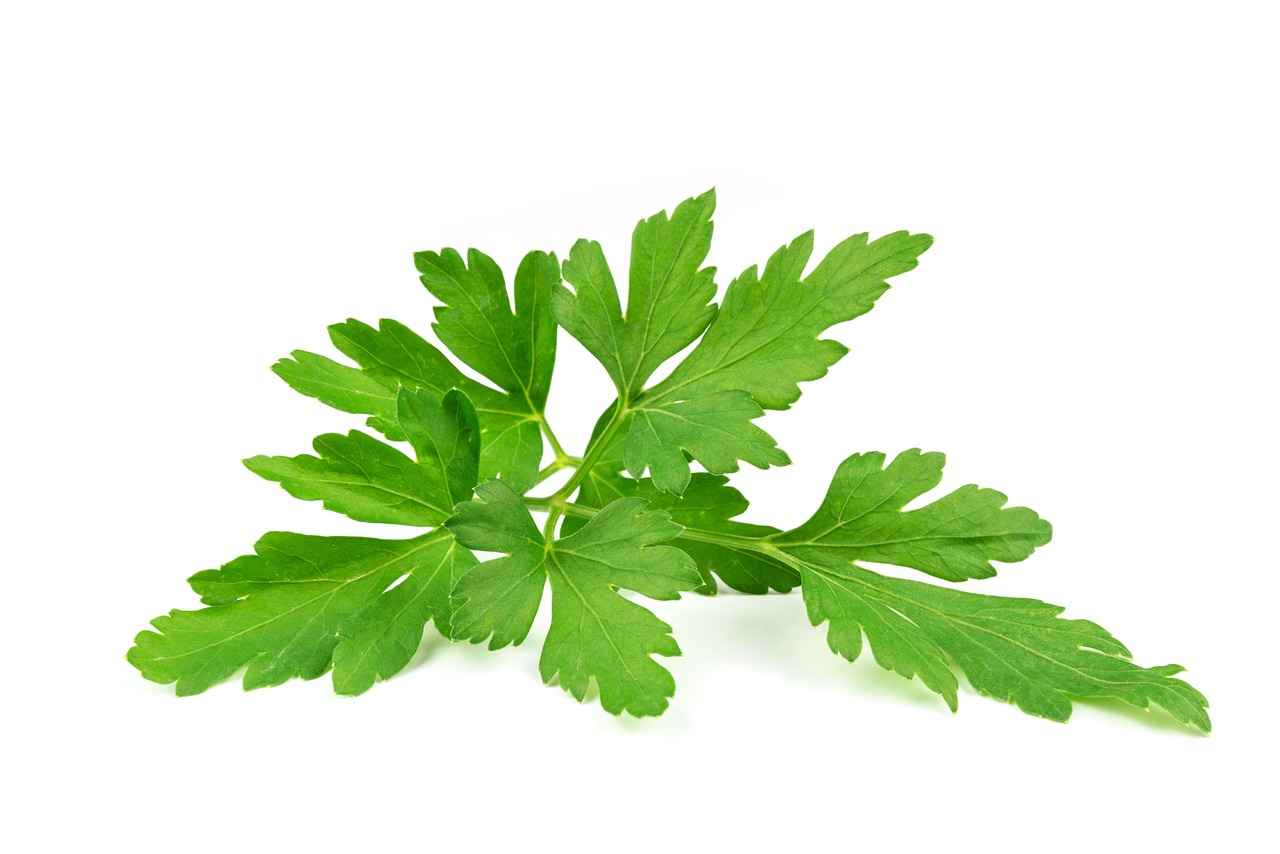
Potential Side Effects and Precautions
While astaxanthin is generally recognized as safe and is widely praised for its numerous health benefits, it is essential to be aware of potential side effects and precautions before adding it to your health regimen. Understanding these aspects can help ensure that you make informed decisions regarding its use.
Some individuals may experience mild side effects, which can include:
- Digestive Issues: Some users report experiencing stomach discomfort, diarrhea, or nausea when taking astaxanthin, particularly in high doses.
- Allergic Reactions: Although rare, some individuals may have allergic reactions to astaxanthin, especially those allergic to seafood, as it is often derived from marine sources.
- Skin Changes: There have been instances of skin discoloration or a reddish hue in some individuals after prolonged use.
Before incorporating astaxanthin into your health routine, consider the following precautions:
- Consult with Healthcare Professionals: It is crucial to consult with a healthcare provider, especially if you are pregnant, nursing, or have underlying health conditions. This ensures that astaxanthin is appropriate for your specific situation.
- Medication Interactions: Astaxanthin may interact with certain medications, particularly those affecting blood clotting, so discussing this with a doctor is advisable.
- Start with Low Doses: If you are new to astaxanthin, consider starting with a lower dose to monitor how your body reacts before increasing it.
In conclusion, while astaxanthin offers significant health benefits, being aware of potential side effects and taking necessary precautions can enhance your experience and ensure safety. Always prioritize your health by making informed choices.
Who Should Avoid Astaxanthin?
Astaxanthin, known for its potent antioxidant properties, is generally regarded as safe for most individuals. However, there are specific populations who should exercise caution when considering its use. Understanding these exceptions is crucial for ensuring safety and health.
- Pregnant Women: Pregnant women should approach astaxanthin supplementation with caution. While there is limited research on the effects of astaxanthin during pregnancy, it is advisable to avoid unnecessary supplements unless recommended by a healthcare provider. The safety of many supplements during pregnancy remains uncertain, and it is essential to prioritize the health of both the mother and the developing fetus.
- Nursing Mothers: Similar to pregnant women, nursing mothers should also be cautious. The effects of astaxanthin on breastfeeding infants are not well-studied, and it is prudent to consult a healthcare professional before introducing it into the diet.
- Individuals with Allergies: Those who have a known allergy to seafood or specific algae should avoid astaxanthin supplements derived from these sources. Allergic reactions can range from mild to severe, and it is essential to read labels carefully.
- People on Blood Thinners: Astaxanthin may have blood-thinning properties. Individuals taking anticoagulant medications should consult their healthcare provider before using astaxanthin to avoid potential interactions.
- Those with Hormonal Disorders: Individuals with hormonal disorders or those undergoing hormone therapy should be cautious, as the effects of astaxanthin on hormone levels are not fully understood. Consulting a healthcare professional is recommended.
In summary, while astaxanthin offers numerous health benefits, certain populations should be particularly cautious. It is always best to consult with a healthcare professional before starting any new supplement regimen, ensuring that your choices align with your overall health needs.
Consulting with Healthcare Professionals
When considering the addition of any new supplement to your health regimen, it is crucial to consult with healthcare professionals. This step is essential for ensuring that your choices are both safe and informed. Healthcare providers, including doctors and registered dietitians, can provide personalized advice based on your unique health profile, including any underlying conditions or medications you may be taking.
Many individuals may be tempted to self-prescribe supplements based on trends or anecdotal evidence found online. However, this approach can lead to unintended consequences. For instance, certain supplements can interact negatively with medications, potentially diminishing their effectiveness or causing harmful side effects. By discussing your plans with a healthcare professional, you can avoid these risks and make well-informed decisions.
- Understanding Your Health Needs: A healthcare provider can help assess your specific health needs and recommend supplements that align with your goals.
- Identifying Potential Risks: Some supplements may not be suitable for everyone. A healthcare professional can identify any contraindications based on your medical history.
- Dosage Guidance: Knowing the right dosage is essential for safety and efficacy. Healthcare professionals can guide you on the appropriate amount to take.
- Monitoring Progress: Regular consultations can help track your health progress and make adjustments to your supplement regimen as needed.
Ultimately, consulting with a healthcare professional is a proactive step toward achieving your health goals. By ensuring that your supplement choices are tailored to your needs, you can enhance your overall well-being while minimizing potential risks.
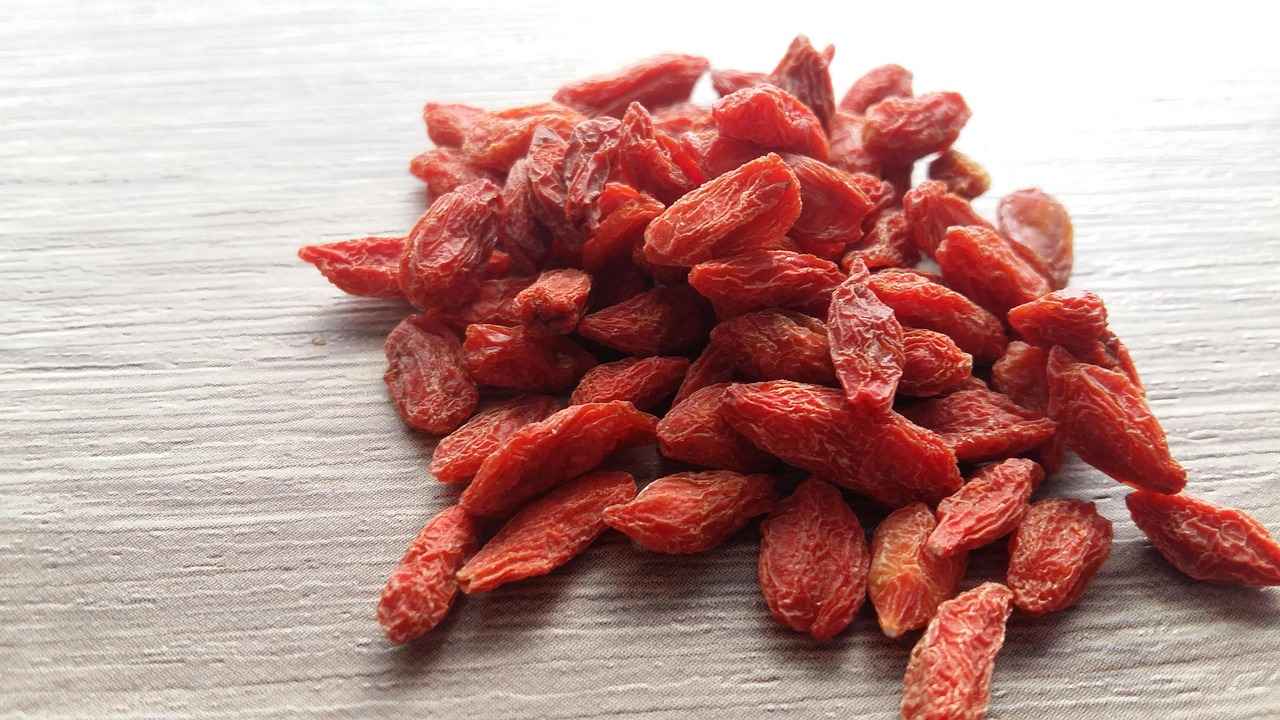
Conclusion: The Power of Astaxanthin
In summary, astaxanthin emerges as a remarkable antioxidant, distinguished by its extensive benefits for both skin and eye health. This powerful carotenoid, derived from various marine organisms, has garnered attention for its ability to combat oxidative stress and inflammation. By incorporating astaxanthin into your daily regimen, you can significantly enhance your overall well-being.
One of the most compelling aspects of astaxanthin is its role in promoting skin health. Research indicates that it aids in improving skin elasticity, hydration, and texture. Moreover, astaxanthin acts as a protective shield against harmful UV radiation, reducing the risk of sunburn and other skin-related conditions. Its anti-aging properties are equally impressive, as it helps diminish the appearance of fine lines and wrinkles, contributing to a more youthful complexion.
In addition to its skin benefits, astaxanthin plays a crucial role in maintaining eye health. It has been shown to protect against age-related macular degeneration and other vision impairments. By neutralizing free radicals in the eyes, astaxanthin helps preserve eyesight and enhances overall ocular function, making it an essential nutrient for those concerned about their vision.
To maximize the benefits of astaxanthin, consider incorporating it into your diet through natural sources such as salmon, shrimp, and certain types of algae. For those who prefer a more concentrated form, high-quality astaxanthin supplements are available. However, it is advisable to consult with healthcare professionals before starting any new supplement regimen to ensure safety and efficacy.
In conclusion, the incorporation of astaxanthin into a health-conscious lifestyle is a wise choice, given its potent antioxidant properties and significant contributions to skin and eye health. By making this addition, you not only enhance your beauty but also support your vision and overall health.

